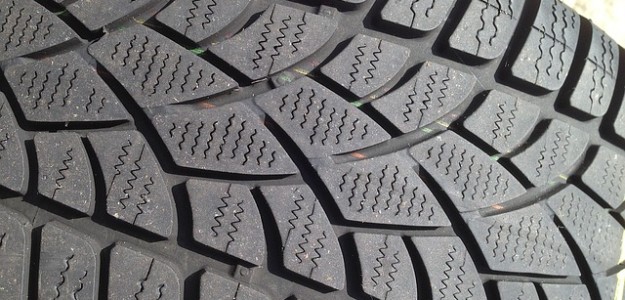
When’s the last time you exchanged your old and worn tires for new ones? Whether your tires are in great or subpar shape, you’ve probably wondered at some point if you could get by on replacing just one or two of your tires. There may be a variety of reasons why you would want to replace only one or two of your tires; whether one is more worn than the other (may indicate alignment issues), or you ran something over you shouldn’t have. Tires are something you don’t want to cut corners on.
Why It’s Not A Good Idea While you’re neighborhood car expert may have told you it’s perfectly okay to do if you’re trying to save money, experts warn it may be a terrible, if not deadly mistake. Tire
experts warn unless you can remember which tires you replaced and when, you should only replace all four if you can help it. Most of the time, the car owner only remembers to replace two at a time and forgets about the other two. While it doesn’t seem like such a big deal, it most certainly is.
Road Conditions Play A Part Too With two tires having superior traction and the other two being more worn, this may put you at higher risk of a car accident, due to the worn tires you forgot to replace, especially if subpar road conditions have anything to do with it. In addition to everyday forgetfulness, when it comes time to replace your other two tires it may be difficult to find a matching set with the same tread as the two new tires.
What If I’m On A Tight Budget? If all four tires are worn, then all four should be replaced. Even if you’re on a tight budget. The price to cover four new tires is significantly less than the money you’ll pay out of the pocket in the event of an accident. Another thing tire experts warn against is putting different sized tires on your vehicle. If one or more tires are smaller or larger than the others, you’re putting yourself and the others you share the road with at risk.
What Should I Do Instead? So what should you do if you need to replace a tire or two? You need to take the following into consideration: The condition of the treads on all tires will factor in the decision regarding how many tires need to be replaced. The road conditions, our driving styles (aggressive driving), as well as the length of commute, will determine just how many tires you need to replace. Figuring out the actual impact of each of these factors can be as difficult as working out an algebraic equation. Regardless of what you drive, every vehicle’s tires must have the same tread design, and match the make and model. Some consumers put very little thought into it, but different treads and designs offer various levels of traction. Someone in a flatter area may depend on less traction than say someone who lives and commutes winding hills.
If You Absolutely Must... If you absolutely have to change only one or two tires, ensure that all four tires have tread depths of at least 4/32” of each other. Still, it’s a good idea to purchase tires in pairs. Tire stores work hard to keep the inventory fresh, the tires you needed yesterday may not be there a month down the road.
Tire Rotation For Maintenance Of course, there may be exceptions to the rule, such as when you have two new tires and you keep the two old ones. In some cases, a tire technician or mechanic may be persuaded to place the two new tires on the back while the worn tires are placed up front, or vice versa. All tires should undergo this ‘tire rotation’ service whenever you opt for an oil change. If you have any questions or would like a free inspection of your tires, give us a call today!
Book An Appointment